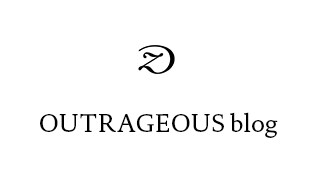
Exhibition from 2 February – 10 March 2012
Over a period of more than twenty years Horst Ademeit (1937-2010) built up an archive of thousands of photographs and texts. Although he considered himself an artist, Ademeit documented the impact of cold rays – radiations that he considered a health hazard and a potential threat – with no particular artististic intent. To do so he used
measuring instruments and, in the margins of his Polaroid photos he meticulously noted down the circumstances, dates, and descriptions, which became increasingly cramped over the years.
His photographs are divided into two groups: 6006 numbered “daily photos”, taken each day in his apartment, and “observation photos” taken in the Düsseldorf district where he lived.
The exhibition will show selections from both series and the film Ademeit (2010) will be screened. Directed by the artist Michael Bauer and the director Marcus Werner Hed, the film was produced by Punderson Gardens.
This documentary-portrait is a poignant journey into the work and life of Horst Ademeit, with an in-depth interview, an exploration of the places he lived in and which appear in his photographs, and his own interpretation of them.
The way Ademeit conveys aspects of time and biography allow comparisons with conceptual artists such as Hanne Darboven, On Kawara, and Roman Opalka. And he shows how it is customary in art to find an openness to non-official scientific theories and to personal obsessions. But together with his radically systematic nature and
unparalleled perseverance, the most interesting thing is that, as he himself declared, his method was an activity that kept him alive, and an objective reality through which he was able to counter invisible, subjective forces.
Norma Mangione Gallery





